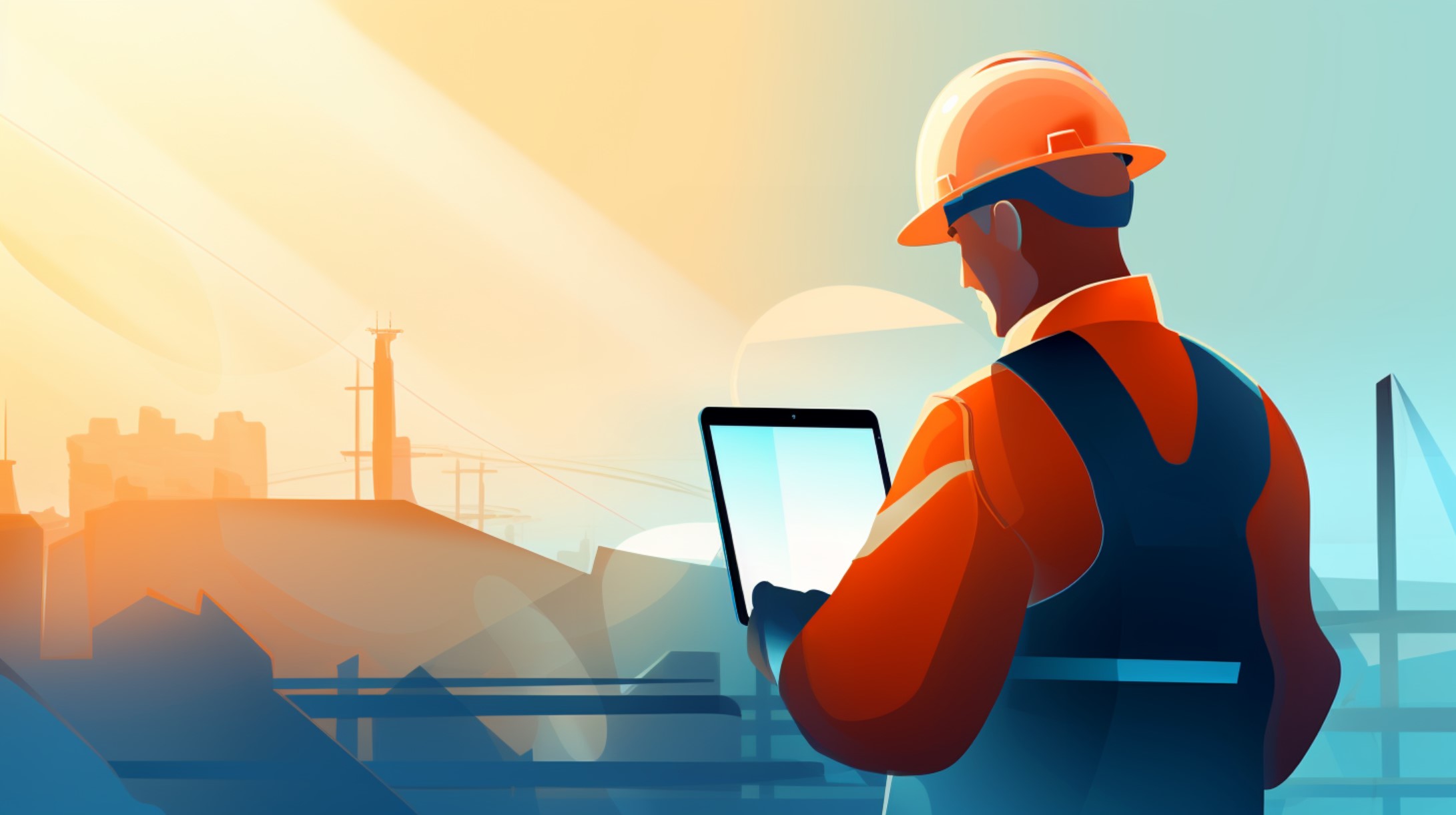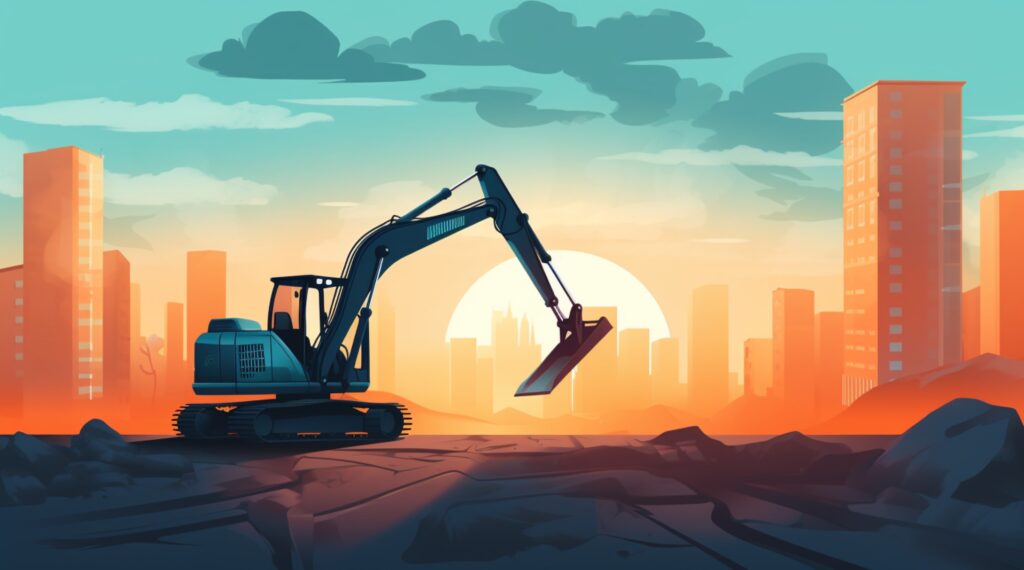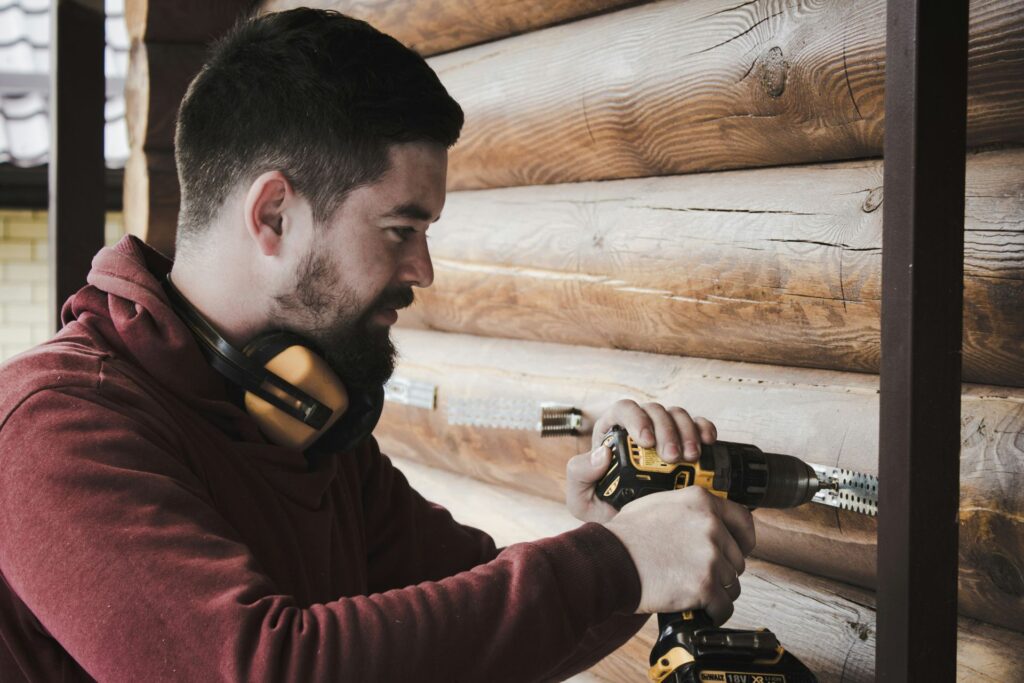
We are reader-supported. When you buy through links on our site, we may earn an affiliate commission.
In construction, augmented reality (AR) is a transformative technology that overlaps digital information onto physical environments. This innovation enhances how people visualize and interact with building projects.
Rapidly gaining momentum across various industries, it has become particularly influential in construction. It revolutionizes project planning, visualization and execution, offering an interactive and precise approach to building.
This cutting-edge tool is reshaping the construction industry, transitioning from a futuristic concept to an essential, practical asset. It significantly improves efficiency and accuracy in construction practices.
What is Augmented Reality?
AR technology enhances the real world by overlaying digital information — like images or data — onto it. Unlike virtual reality, which creates an entirely artificial environment, it adds to the reality you ordinarily see rather than replacing it. Mixed reality takes this further by allowing real and virtual elements to interact in an environment.
AR’s accessibility has significantly improved due to advancements such as smartphone technology, more sophisticated AR glasses and enhanced software capabilities. These developments have made AR more user-friendly and affordable, allowing a more comprehensive range of industries to adopt it.
One of the most striking indicators of AR’s growth is the projection that the extended reality market could surpass $100 billion by 2026. AR’s expanding applications in various sectors fuel this growth — including education, health care and construction — where it’s revolutionizing traditional practices.
How Can Augmented Reality in Construction Enhance Visualization?
AR significantly enhances the visualization of architectural designs and plans. Overlaying 3D models of proposed buildings or structures onto a real-world environment provides a clear and interactive representation of how the finished project will look. It can be handy during the planning and design stages.
Examples of AR in action for project visualization include:
- Interactive 3D models: Architects and builders use AR to project full-scale 3D models onto a proposed construction site. It allows them to view and interact with the design in the actual environment where it will be.
- AR mobile applications: These apps enable users to view 3D models of buildings on their smartphones or tablets. By pointing their device at a construction plan or even at the construction site, they can see a 3D representation of the architectural design.
- 3D scans in the VR world: AR can integrate with technologies to provide detailed 3D scans of a job site. These scans can create a virtual site representation where architects and builders can test different design scenarios.
This approach lets clients easily understand and visualize the outcome of a project. It can result in more precise communication and more informed decisions. In addition, by viewing designs in the actual environment, construction teams can identify and address potential issues or errors early in the process. This efficiency reduces costly corrections during construction.
With these benefits, AR allows for better collaboration among architects, builders and clients. It provides a more tangible and interactive way to discuss and modify designs.
How Can AR Improve Accuracy and Efficiency?
AR is revolutionizing the construction industry — which creates approximately $2.1 trillion of structures annually — by enhancing the precision of measurements and layout planning.
It allows the superimposition of digital blueprints and models directly onto a physical space. This capability is invaluable in ensuring accurate measurements and alignment. AR reduces the likelihood of errors that can occur with traditional measurement methods.
For instance, AR can project detailed architectural plans onto a construction site. It allows workers to view the exact placements of walls, electrical conduits and plumbing within a building’s framework. This real-time overlay helps make precise measurements and adjustments on the spot, which is crucial for maintaining structural integrity and design accuracy.
Moreover, AR streamlines construction processes in several ways:
- Efficient workflow: AR provides real-time, on-site access to 3D models and construction plans. It minimizes the need for constant consultation of paper blueprints or remote software. It leads to a more efficient workflow, as workers can make changes and verifications instantly.
- Reduced project timelines: With AR’s assistance in accurate planning and execution, workers can catch potential errors early, reducing the need for rework. It leads to shorter project timelines, as they can complete tasks correctly the first time.
- Enhanced collaboration: AR enables a collaborative environment where construction workers can visualize and discuss the project in a shared digital space. This approach leads to better coordination and faster decision-making.
By integrating AR into construction processes, the industry boosts its accuracy and efficiency for innovative building methods. This technology is set to become a standard tool in the construction industry’s pursuit of more cost-effective, high-quality building techniques.
What is the Role of AR in Training and Safety Enhancement?
AR creates an immersive learning environment through interactive, real-world simulations. It offers a hands-on training experience without the risks of on-site training. Workers can interact with 3D models of machinery or construction scenarios. They can practice operating equipment or executing complex tasks in a safe, virtual space.
This method enhances their skills and confidence, preparing them for real-world tasks. AR provides real-time step-by-step instructions for complex or infrequent tasks, ensuring safe and correct execution.
AR’s role in enhancing on-site safety and reducing accidents is substantial. It offers safety training simulations that mimic hazardous situations, such as working at heights or dealing with electrical installations.
These simulations allow workers to experience potential dangers and practice their responses in a controlled environment. Furthermore, AR aids in hazard recognition training. It overlays potential risks onto real-world settings and helps workers identify and mitigate them effectively.
Examples of AR in safety training and hazard simulation include:
- Virtual safety drills: Simulating emergencies — like fires or structural collapses — prepares workers for quick and appropriate responses in case of actual emergencies.
- Equipment operation training: Using AR, workers can practice operating heavy machinery in a virtual space. It lets them understand its mechanics and safety protocols without the risks of operating actual equipment.
- Visualization of safety zones: Workers can use AR to highlight safe pathways or danger zones around a construction site. It enhances spatial awareness and reduces the likelihood of accidents.
How Can We Build the Future with Augmented Reality?
Augmented reality in construction marks a shift toward a more innovative, efficient and safe future. This transformative technology changes how construction teams visualize and execute projects, allowing more precise and cost-effective building methods.
Its impact extends to enhancing worker training, providing immersive environments for skill development and hazard recognition and improving on-site safety. As AR continues to evolve, it promises to redefine construction practices. It fosters a new era of collaborative, interactive and advanced building techniques.










